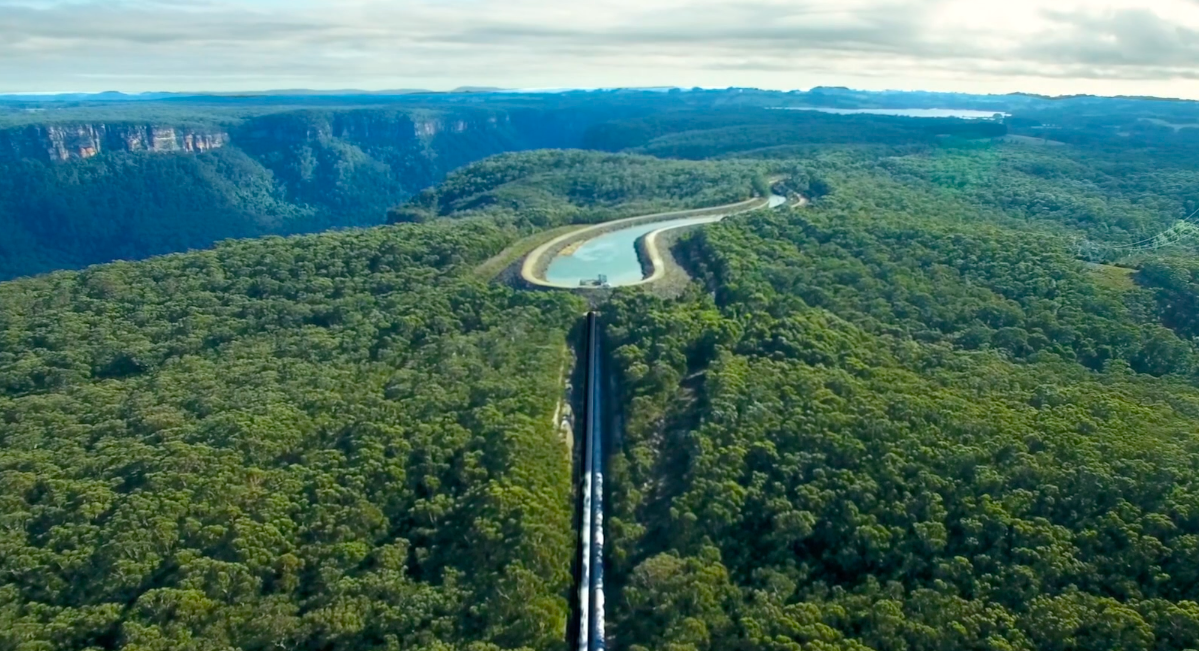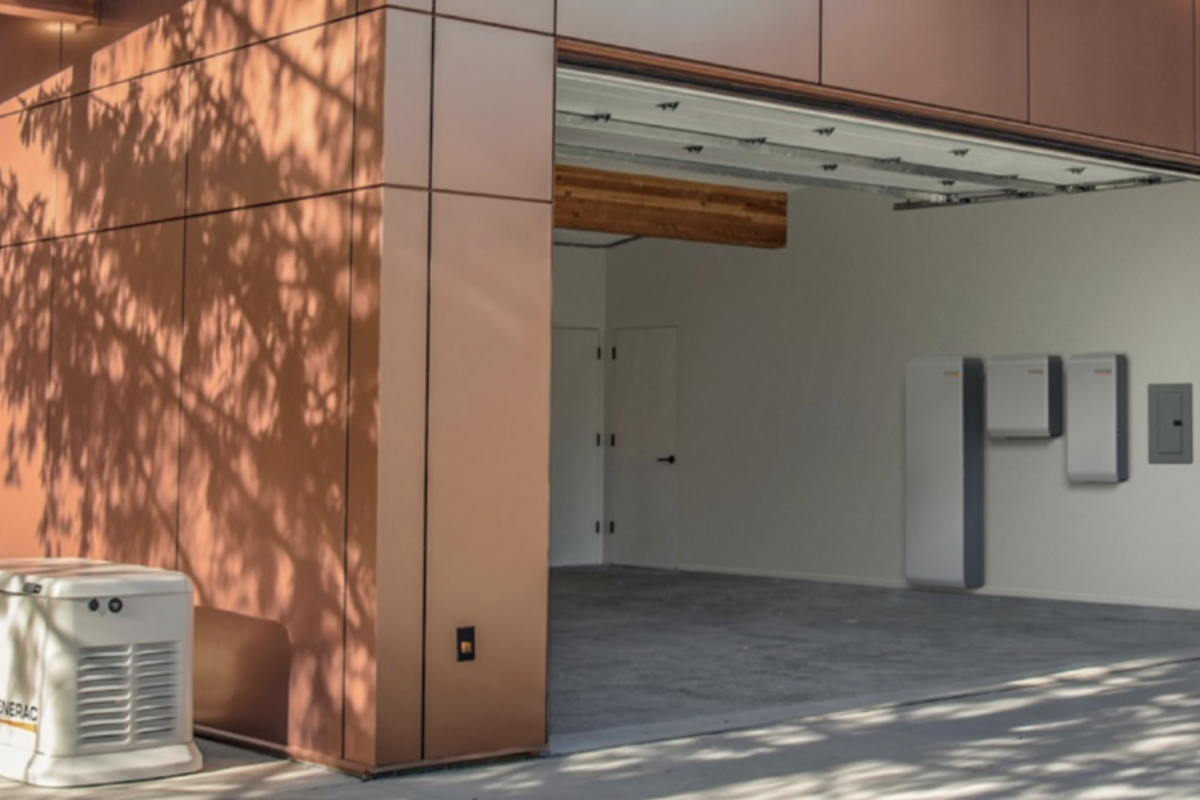Currently the cheapest source of stored energy, pumped hydro storage is expected to play a major role in securing the stability of the Australian grid. This week, big announcements were made as Snowy 2.0 moved forward and 24 other NSW projects officially entered the planning stage.
The New South Wales government has announced plans for pumped hydro projects totaling 7 GW, which could produce enough power to supply 50% of the state’s demand on the hottest days.
The 24 projects were chosen in collaboration with the Australian National University, which previously identified 22,000 potential pumped hydro sites across Australia with a storage capacity of 67,000 GWh.

The ANU study, supported by a $449,000 grant from the Australian Renewable Energy Agency and conducted last year, showed that pumped hydro could single-handedly support a secure and cheap national electricity grid with 100% renewable energy.
“Australia needs only a tiny fraction of these sites for pumped hydro storage – about 450 GWh of storage – to support a 100% renewable electricity system,” Professor Andrew Blakers from the ANU Research School of Engineering said at the time.
With the launch of its pumped hydro roadmap, the NSW government is now looking to fast track these developments on the state level and provide timely support to its grid given that its major coal-fired power plants are nearing decommissioning, including Liddell scheduled for closure in 2022.
“Pumped hydro delivers the long-term, utility-scale energy storage that is critical to achieving a smooth transition to renewables in NSW,” NSW Energy Minister Don Harwin said.

Pumped hydro stores energy for when the grid needs it by pumping water up-hill when demand is low and then releasing it down pipes through a turbine to generate electricity when demand is high.
Optimal PHES locations feature pairs of dams with an altitudinal difference of more than 250 m, and exclude residential areas, national parks and other sensitive places.
According to Minister Harwin, the large-scale projects that will be developed using WaterNSW assets will reshape the NSW energy landscape and help support the state’s $26 billion pipeline of renewable energy projects.
The state government is ready to provide around $55 million in funding for pre-investment studies and has already invited private developers to propose projects on the sites.
“This is a great use of our dams – we know clean energy projects like this are key to attracting investment in our regional communities and ensuring their growth for generations to come,” Minister for Regional Water Niall Blair said.
“We have received enormous interest from the private sector with 65 commercial opportunities identified, 24 of which WaterNSW has selected for further investigation.”
Snowy 2.0 secures board approval
The board of Snowy Hydro has confirmed a final investment decision to proceed with Snowy 2.0, which now needs approval from the federal government.
Snowy 2.0 is a pumped-hydro expansion of the existing Snowy Scheme, providing 2 GW of on-demand generation and 350,000 MWh of large-scale energy storage. It is planned to built using existing infrastructure of the the 4.1 GW Snowy Mountain Scheme – the upper dam (Tantangara) and lower dam (Talbingo).
The expansion project garnered a lot of attention last year when unveiled by former prime minister Malcolm Turnbull, who described it as Australia’s largest renewable energy project since the Snowy Hydro system was first built.
“After almost two years of rigorous due diligence on every aspect of the project, including detailed financial analysis and ongoing geotechnical drilling, the board is confident Snowy 2.0 is a strong investment for the company,” the company said in a statement.
The company said this decision is now subject to shareholder approval, meaning the approval of the federal government, which earlier this year bought out company shares owned by NSW and Victoria for $6 billion.
In his address last month, Energy Minister Angus Taylor gave limited support to Snowy 2.0 scheme, stressing that the business case must stack up.
Noting that projects like Snowy will be a fundamental part of Australia’s future energy needs given the increasing share of intermittent generation, Taylor also said that the Snowy scheme “has unrivaled capacity to store power when it is not needed, and generate it when it is needed”.
In a major renewable energy tender held last month, Snowy Hydro contracted 888 MW of wind and solar energy under long term off-take arrangements at less than $70/MWh, which undercut the current wholesale prices.
This content is protected by copyright and may not be reused. If you want to cooperate with us and would like to reuse some of our content, please contact: editors@pv-magazine.com.




It is a great project, the better way of utilities of water.
They need to take note of how the Germans built their amazing power plant. I believe that it’s named “Observermentwerk” could be wrong on that, dont speak German, but it is on YouTube. Truly amazing!
Demand response, smart charging of EVs, behind the meter coupled solar and storage together with slight overbuilding of wind and solar will mean that most of this pumped hydro will be uneconomic
This type of project pumped hydro projects are the cheapest source of stored energy, pumped hydro storage.
I think it will play a major role in the development of hydropower and better utility of water.
Thank you PV magazine.
It is the great Project ever I have seen. Thanks for providing this information.